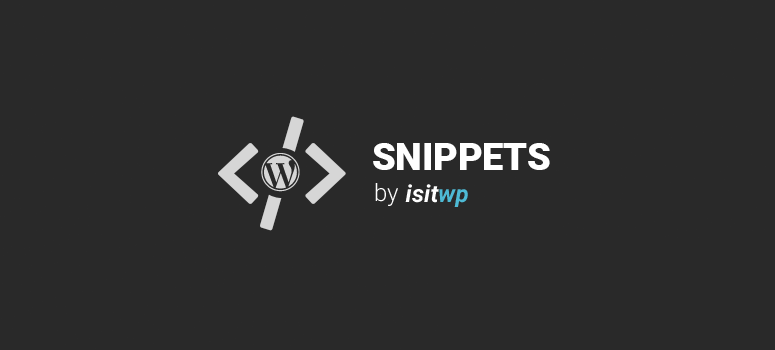
¿Quieres añadir iconos para custom post type en WordPress para páginas nuevas y de edición? Es fácil con nuestro fragmento de código. Vamos a echar un vistazo.
Instrucciones:
Añade este fragmento de código a functions.php o a un plugin específico del sitio. No olvides cambiar la URL de la línea 9 por la ubicación de tu icono de 24px por 24px.
add_action( 'admin_head-post.php', 'post_type_icon');
add_action( 'admin_head-post-new.php', 'post_type_icon');
function post_type_icon() {
global $post_type;
?>
<style>
<?php if($post_type == 'products'){ ?>
#icon-edit {
background: url('<?php echo 'http://example.com/wp-content/themes/theme_name/i/icon_24x24.png';?>') no-repeat; }
<?php } ?>
</style>
<?php
}
Alternativamente, puede utilizar este código. Este fragmento crea un tipo de entrada personalizado (llamado “productos” en la línea 9) y establece el icono del menú para ese tipo de entrada personalizado. Añada este fragmento a functions.php o a un plugin específico del sitio. En la línea 10 de este fragmento, establecemos la URL menu_icon en la ubicación de la imagen del icono de 16px por 16px que se mostrará en el menú de administración.
$args = array(
'label' => __('Products'),
'singular_label' => __('Product'),
'public' => true,
'show_ui' => true,
'capability_type' => 'page',
'hierarchical' => false,
'rewrite' => true,
'query_var' => 'products',
'menu_icon' => 'http://site.com/wp-content/themes/theme_name/i/icon_16x16.png',
'supports' => array('title','editor','comments','thumbnail')
);
register_post_type( 'product' , $args );
Nota: Si es la primera vez que añade fragmentos de código en WordPress, consulte nuestra guía sobre cómo copiar / pegar correctamente fragmentos de código en WordPress, para no romper accidentalmente su sitio.
Si le gustó este fragmento de código, por favor considere revisar nuestros otros artículos en el sitio como: Los mejores constructores de páginas de WordPress (Comparados).

Cannot seem to get this to work in WP 3.2.1. I have a custom theme I’m developing and I’ve added my own function into the functions.php and added the actions, but no dice.
It appears as though the only styles that are applying to it are from the “colors-fresh.css” stylesheet. I’ve checked all misspellings and made sure that my if statements match up with the correct post type definition.
If you view the source on the admin page you should be able to see if the css above is added to the proper custom post type admin pages. This is simply css that overrides he default icons used. You may also want to try adding !important to the end of the css to make sure it would override any defaults.
Of course 6 minutes later, I figure it out. I switched the line
to
This seemed to be all that was necessary to fix it. No idea why the previous line wasn't working for me because logically it should have been.
Uh, code tags not work?
Nope :/ not in with diquss,
it can be done with one hook
like here
add_action("admin_head", array(&$this, "stylize")); //i use classes
function stylize() {
global $post_type;
if($post_type == 'billboard') echo '#icon-edit {background: url("'.plugins_url( 'billboard.png', __FILE__ ).'") no-repeat; }';
}
Yes I was thinking about using admin_head, however we only need to replace the large icon on two pages so adding to the admin_head would still add the code to every page.